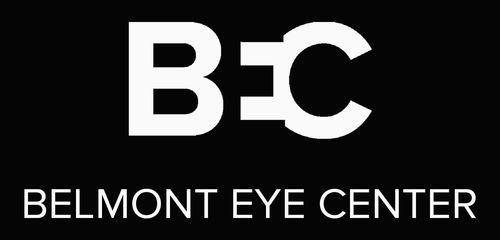As a corneal specialist with over 30 years of surgical experience and a background in FDA laser vision correction trials, I’ve seen the full spectrum of outcomes from LASIK firsthand. For over 15 years, I performed thousands of LASIK procedures, witnessing both its immediate benefits and its long-term complications. Based on this experience, I made the decision to stop performing LASIK and instead focus exclusively on PRK (Photorefractive Keratectomy)—a procedure that avoids many of LASIK’s structural risks.
Below, I’ve outlined the five most common and concerning complications associated with LASIK that led to my decision:
1. Chronic Dry Eye from Nerve Damage
LASIK requires creating a flap in the cornea, whether by blade or femtosecond laser. This disrupts the nerve loop between the cornea and the lacrimal gland that controls tear production. Once severed, these nerves may not regenerate fully, leading to chronic dry eye. Patients often report ongoing pain, foreign body sensation, and blurred vision—symptoms that can persist for years.
2. Flap Instability and Long-Term Injury Risk
Unlike other surgical wounds, the LASIK flap never fully heals at its interface—only at the edges. This means the flap remains vulnerable indefinitely. A blow to the eye—even years after surgery—can dislodge or distort the flap, often leading to poor visual outcomes. For this reason, professions with high physical risk such as military, law enforcement, firefighting, and aviation often disqualify LASIK recipients.
3. Flap Complications from Eyelid Conditions
Patients with preexisting blepharitis or meibomian gland dysfunction (MGD) shed inflammatory debris into the tear film. In LASIK patients, these particles can migrate beneath the flap, leading to flap inflammation, distortion, and vision degradation. This is not a risk with surface-based procedures like PRK.
4. Intraoperative Eye Pressure Spikes and Retinal Damage
To create the LASIK flap, the eye must be pressurized to a high level—often double normal intraocular pressure—for several seconds. This pressure surge may cause retinal holes, tears, or detachments, especially in highly nearsighted (myopic) patients whose eyes are elongated. It can also increase floaters and stress the optic nerve.
5. Corneal Ectasia: A Devastating, Unpredictable Outcome
Years after LASIK, some patients develop ectasia, a condition where the cornea weakens, bulges, and becomes misshapen. This leads to worsening vision that is not easily corrected with glasses or contacts. Unfortunately, there is no definitive way to predict who will develop ectasia prior to surgery.
Why I Prefer PRK
PRK offers the same visual outcomes as LASIK but without creating a corneal flap. Because no incision is made into the deeper corneal layers, all of the complications described above—dry eye from nerve damage, flap instability, and ectasia—are largely avoided.
Healing after PRK does take longer: most patients recover functional vision in 7–10 days, while those with higher prescriptions or certain medical conditions may need several weeks. However, long-term outcomes are excellent, and the structural integrity of the eye is preserved.
In my experience, the only notable complication from PRK is the rare risk of infection, which is both preventable and treatable with antibiotics when caught early.
About Dr. Sandra Belmont
Dr. Sandra Belmont is a fellowship-trained corneal specialist and a Diplomate of the American Board of Ophthalmology. She has served as Director of the Cornea Service and Laser Vision Correction Center at Cornell–New York Presbyterian Hospital, and as Director of Resident Refractive Surgical Education at NYU Hospital. She is an attending ophthalmologist at both Manhattan Eye Ear and Throat Hospital and New York Eye and Ear Infirmary. In 2004, she received the prestigious Richard C. Troutman Master Teacher Award for her contributions to the field of laser vision correction.
